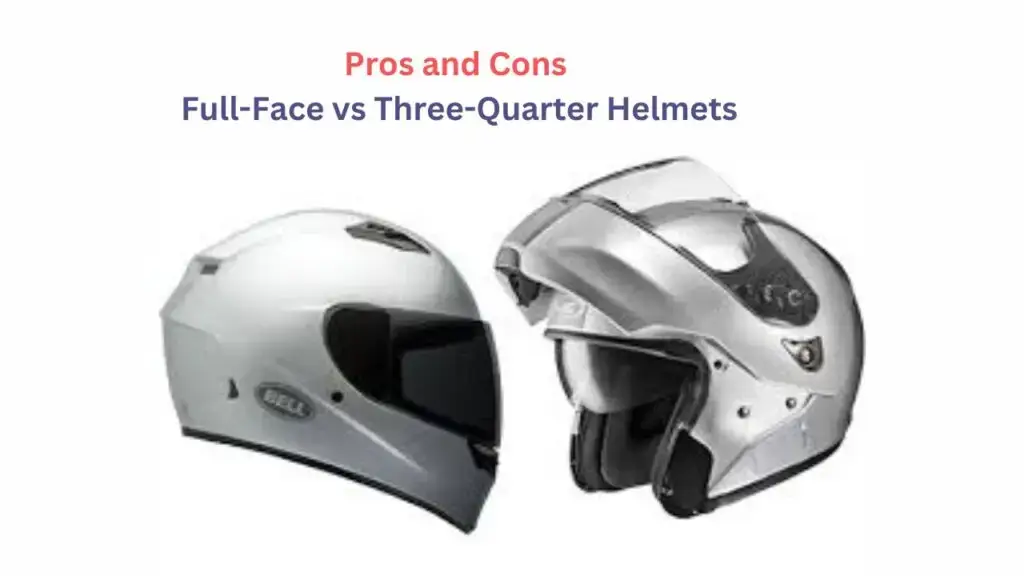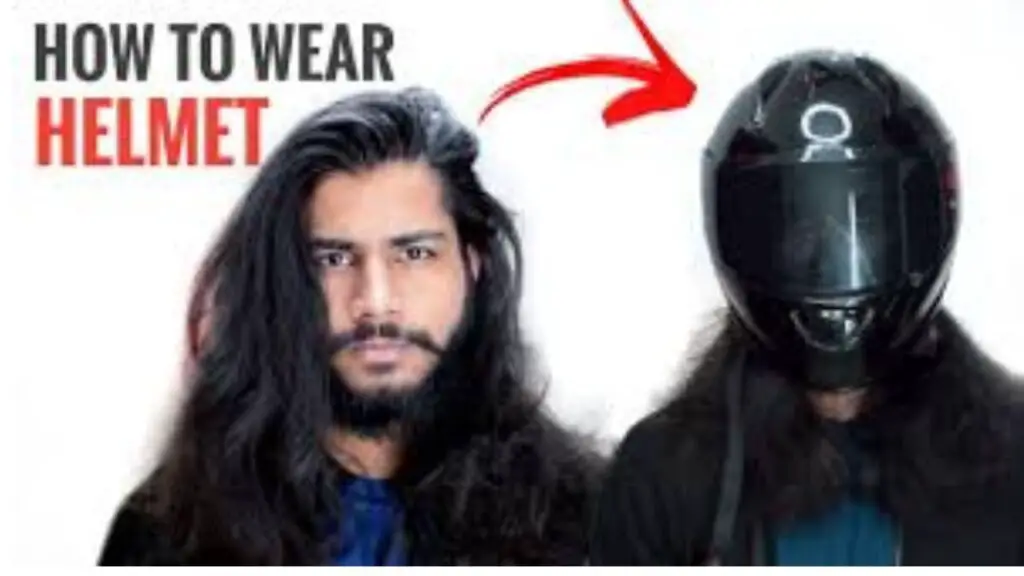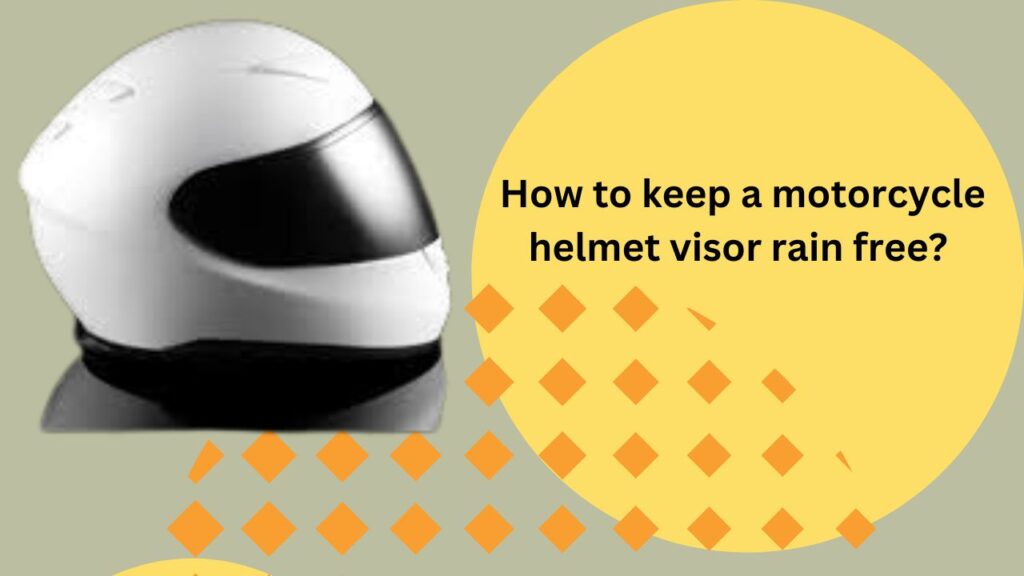When choosing a helmet for your motorcycle, it’s important to consider how your decision impacts your safety. A 3/4 motorcycle helmet covers most of your head, offering protection while leaving your face and chin exposed. This type of helmet provides a balance between comfort and protection, giving you better visibility and a more immersive riding experience. From my personal experience, a 3/4 helmet can be very comfortable for casual rides, especially in warm weather.
Despite its open design, a 3/4 helmet still plays a critical role in motorcycle safety. It meets basic safety features and offers more freedom and ventilation compared to a full-face helmet. But, when considering the risks, especially during high-speed rides or on busy roads, some riders might feel more secure with full protection.

Is a Three Quarter Motorcycle Helmet as Safe as a Full Helmet?
When choosing a three-quarter motorcycle helmet, riders often wonder if it offers the same safety as a full helmet. The ongoing debate focuses on several factors, including:
- Safety Features: Full-face helmets provide more coverage and protection for the entire head, while three-quarter helmets offer a balance between safety and comfort.
- Comfort: Many riders prefer low-weight helmets because they feel lighter and allow for better visibility.
- Legal Considerations: In certain situations, such as crashes, a full helmet may better protect against serious injuries.
From my experience, I’ve seen how personal preferences and comfort levels influence this choice. Each helmet type has its pros and cons, so riders must evaluate their needs and consider both safety and legal aspects before making a decision.
Understanding Helmet Types: Full-Face vs Three-Quarter
When choosing between a three-quarter motorcycle helmet and a full helmet, safety is a key concern.
- Full-Face Helmets: These provide complete coverage, protecting the chin and jaw, which helps prevent facial injuries during an accident. Their design enhances impact protection, making them the best motorcycle helmets for safety.
- Three-Quarter Helmets: They offer an open design that allows for better visibility and hearing, creating a more enjoyable riding experience. However, this design exposes the face, particularly the chin area, which can increase the risk of injury.
Riders should weigh these factors carefully, considering their riding style and the level of protection they need. In high-risk situations, the protection a full-face helmet offers is invaluable.
Full-Face vs. Three-Quarter: Which Helmet Truly Protects You?
The debate between full-face helmets and three-quarter helmets is crucial for rider safety.
- Full-Face Helmets: They cover the entire head, chin, and jaw, which is essential for preventing facial injuries. Designed to absorb and distribute impact forces effectively, they significantly lower the risk of severe injuries.
- Three-Quarter Helmets: Also known as jet helmets, they cover the head and ears but leave the face exposed. This design may improve visibility and hearing but sacrifices important facial protection in accidents.
Ultimately, while three-quarter helmets offer some protection, they may not be as effective in safeguarding against serious injuries as full-face helmets.

Comfort, Ventilation, and Riding Experience
The choice between helmet types can significantly change your ride.
- Three-Quarter Helmets: Loved for enhanced visibility and the ability to hear surrounding sounds, they are great for urban and scenic rides. They provide a broader field of view, adding to the fun of riding.
- Full-Face Helmets: They provide strong protection but might feel hotter due to less ventilation, which can be uncomfortable on longer rides, especially in warm weather.
While both types have their pros and cons, consider what matters most for your riding experience—protection or comfort and ventilation.
Helmet Laws and Regulations: A Vital Factor
When picking a helmet, think about legal requirements like DOT certification.
- This means the helmet has passed tests for impact absorption, penetration resistance, and strap effectiveness.
- Different areas have unique helmet laws; some require full-face helmets while others allow three-quarter ones.
Riders need to know these regulations to stay safe and avoid legal penalties. Always check if the helmet you choose meets your local standards, as this is crucial for safety and compliance on the road. For example, regulations may differ for motorcycle helmets vs snowmobile helmets.
Helmet Styles and Aesthetics: More Than Just Looks
Motorcycle helmets serve as safety gear and a way for riders to express their style.
- Many riders pick helmets that reflect their unique aesthetics. For example, the SOA Style Beanie Flat Black stands out with its minimalist and sleek design.
- Full-face helmets provide an enclosed feel, while three-quarter helmets offer a more open and airy experience, greatly enhancing the ride’s enjoyment. The best motorcycle helmet color for visibility can also help improve safety.
Risk Management: Balancing Safety with Experience
When it comes to motorcycle accidents, riders must think about safety and comfort.
- Full-Face Helmets: They provide better protection against facial injuries because they cover the entire head and have a chin bar.
- Three-Quarter Helmets: They allow for more freedom and ventilation, making rides more enjoyable but leaving the face more exposed, which can increase the risk of injuries.
Finding the right balance between comfort and safety is essential. The helmet you choose affects your experience on the road, especially in high-impact situations. Riders need to consider their personal risk tolerance, riding habits, and environment to make the best choice for their safety.
Choosing the Right Helmet: Tips and Considerations
When choosing the safe helmet, assess your riding needs:
- City Commuter or Off-Road Adventurer: This choice affects your helmet type; a full-face helmet is great for high-speed riding, while a three-quarter helmet suits relaxed city rides.
- Comfort: Ensure your helmet fits snugly without discomfort, as a poorly fitting helmet can compromise your safety.
- Ventilation and Visibility: A good airflow system is vital in warm weather, and a wide field of vision is crucial for safety.
- Safety Ratings: Look for certifications like DOT or ECE to ensure the helmet meets essential safety standards.
- Additional Features: Consider features like Bluetooth motorcycle helmets, anti-fog visors, and UV protection for a more enjoyable ride.
Weighing the Pros and Cons
Full-Face Helmets: They provide maximum protection for your head, especially the chin and jaw, which are vulnerable in an accident. The noise reduction feature makes long rides more enjoyable. However, some riders might feel claustrophobic due to full coverage. They can be heavier, leading to neck fatigue on longer trips, and the reduced airflow can be uncomfortable on hot days.
Three-Quarter Helmets: These helmets offer a unique combination of freedom and comfort. They are generally lighter, making them enjoyable in warm weather. Riders appreciate better visibility and enhanced hearing capabilities. However, they provide less protection for the chin and jaw and increase exposure to environmental elements, making them less suitable for high-speed or long-distance riding.
Conclusion
When considering whether a three-quarter motorcycle helmet is as safe as a full helmet, it’s essential to remember that both types serve different purposes. Full-face helmets provide superior protection for your head, especially the chin and jaw, making them ideal for high-speed rides. However, a three-quarter helmet prioritizes freedom and comfort, offering better airflow and visibility. Your choice should reflect your individual needs and the kind of riding you do. While safety is paramount, it’s also vital to select a helmet that suits your riding style and enhances your overall experience. Remember, the right helmet can protect you while making your rides enjoyable.
FAQS
Can three-quarter helmets be as safe as full-face helmets in low-speed crashes?
Yes, in low-speed crashes, three-quarter helmets can offer adequate protection for the top and back of the head. However, they leave the face and chin vulnerable to impacts. My experience as a motorcyclist confirms that three-quarter helmets can be safe but only cover part of the head, which means full-face helmets are usually better overall.
Are there any three-quarter helmets that offer similar protection to full-face helmets?
No, three-quarter helmets cannot offer the same level of protection as full-face helmets. Although some models have additional features like visors or partial face shields, they still lack full coverage around the chin and jaw area. From my experience, the best protection is with a full-face helmet.u003cbru003e
How significant is the difference in protection in a high-speed crash between the two types of helmets?
Yes, in high-speed crashes, the difference in protection is significant. Full-face helmets provide comprehensive coverage for the entire head and face, greatly reducing the risk of severe facial injuries compared to three-quarter helmets. My experience confirms that full-face helmets are much safer for high-speed riding.
Do three-quarter helmets offer enough protection for highway riding?
No, three-quarter helmets do not offer enough protection for highway riding. With higher speeds and an increased risk of serious accidents, full-face helmets are recommended for their superior and overall protection. My advice from years of riding is to choose a full-face helmet for highways.
Can the design of a three-quarter helmet affect its safety?
Yes, the design of a three-quarter helmet can affect its safety. Factors like shell material quality, padding, and secure straps are crucial for its protective capabilities. From my experience, these features significantly influence the helmet’s overall safety.
Is there a significant weight difference between full-face and three-quarter helmets?
Yes, there is a significant weight difference; full-face helmets are heavier due to extra materials for the chin and face, while three-quarter helmets are lighter and often more comfortable for long rides.
Are three-quarter helmets more comfortable in hot weather?
Yes, three-quarter helmets are generally more comfortable in hot weather due to their open-face design which offers better ventilation. From my experience, the ventilation in three-quarter helmets helps keep you cooler compared to full-face options.
How does the field of vision compare between full-face and three-quarter helmets?
Three-quarter helmets generally offer a wider field of vision compared to full-face helmets. This makes them advantageous for urban riding or scenic routes where broader visibility is beneficial. From my experience, better visibility in three-quarter helmets improves safety and awareness.
Can additional accessories improve the safety of three-quarter helmets?
In my experience, adding face shields or visors to three-quarter helmets gives some extra protection, but they can’t fully compensate for the limitations in design. While these accessories may help, the lack of full-face coverage still affects overall safety. It’s important to understand that helmets with better built-in protection remain the safer option.
Are there specific riding conditions where a three-quarter helmet is more advisable than a full-face helmet?
Based on my experience, three-quarter helmets work better for urban riding, low-speed commutes, or leisurely rides where a wider field of vision, better ventilation, and comfort matter more. However, they lack the comprehensive protection of full-face helmets, which are necessary in more demanding conditions
What is a three-quarter motorcycle helmet?
A three-quarter motorcycle helmet, sometimes referred to as a jet or 3/4 helmet, is designed to cover the head and ears while leaving the face, particularly the chin, exposed. This style of helmet allows for enhanced visibility and improved hearing, which can lead to a more engaging riding experience. However, because the face is left uncovered, it may not offer the same level of protection as a full-face helmet.
How do I know what size motorcycle helmet I need?
To measure your head, take a cloth tape and place it just above your eyebrows. Wrap it around the fullest part of the back of your head. Match this measurement with a helmet size chart. A helmet that is too loose might move around or not sit properly on your head.
About the Author
I am Daniel Ken, an experienced motorcycle rider with 8 years on the road, and I specialize in writing about motorcycle helmets. I share expert insights on helmet safety, comfort, and style, helping fellow riders choose the best gear. My knowledge covers top safety standards, helmet types, premium materials, and advanced ventilation and noise reduction features.

